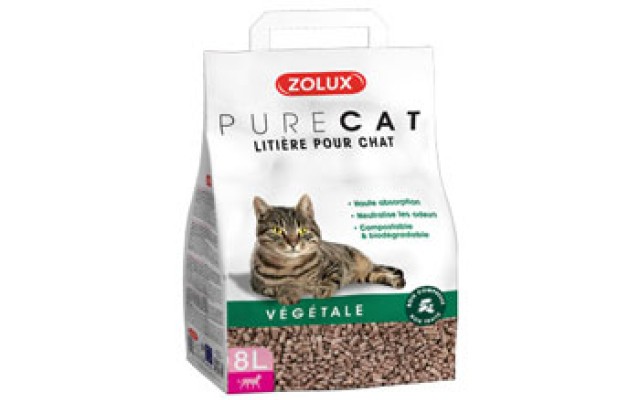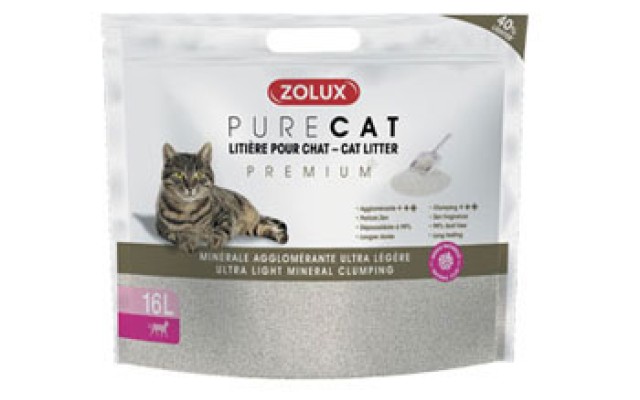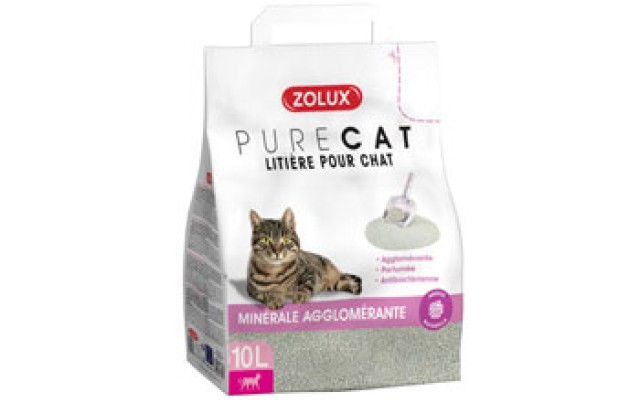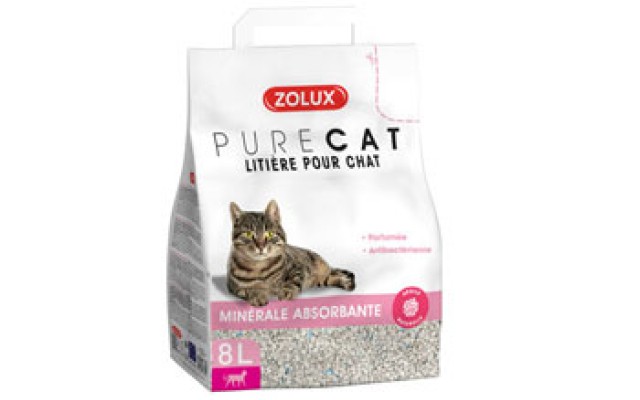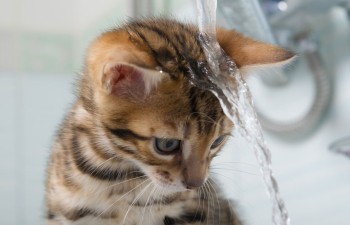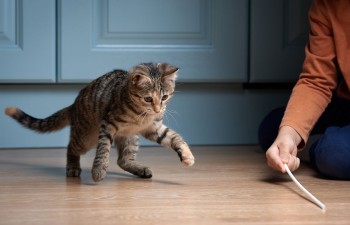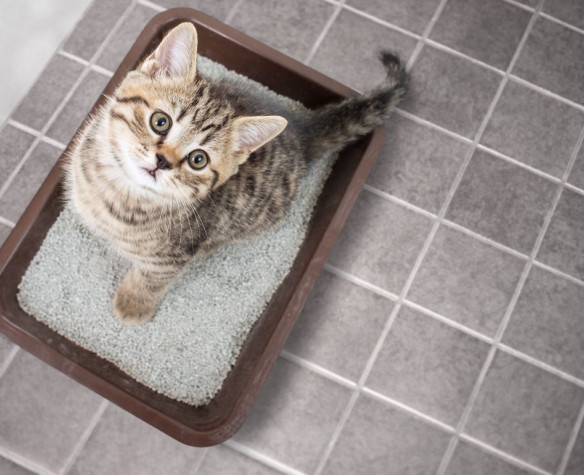
Cat litter trays
Litter trays are an important factor in your cat’s wellbeing and cleanness. Cats are naturally very clean and find it difficult when their owners do not abide by certain rules in terms of litter upkeep and do not take care in choosing the right type of litter.
Train cats to use a litter tray from a very young age
It is very easy to house-train cat as this has practically become an instinct when they are old enough to be adopted. Their mother will have “taught” them a few house-training rules when they were just a few weeks old.
Place your kitten in the litter tray for a few weeks following adoption. The kitten will soon understand the role of the litter tray as part of the house-training process. However, it is essential to clean the litter tray regularly as cats cannot tolerate soiling: faeces which are not removed or persistent urine odours.
Different types of litter are available. Which would you recommend?
Firstly, there is the choice of litter tray, with various commercially available options: “conventional” or open litter trays, or litter boxes with a removable cover to allow your cat more privacy. It is up to you to choose…
"Cathy Filter" cat toilet ref. 590 001BAC
Your cat will then tell you which type of litter he prefers!
You are spoilt for choice between the different types of commercially available litter:
-
“plant-based” litter made of pine shavings or sawdust, wood pellets, straw, corn cobs or even barley. These have the advantage of being completely biodegradable with natural deodorant properties. Nevertheless, you need to choose carefully between these different types of litter to avoid types which generate too much dust (opt for shavings instead of sawdust). This type of litter is very easy to maintain as it can be changed once a fortnight (although faeces should be removed daily).
For information: the plant shavings used are theoretically designed not to stick to the cat’s paws.
- “mineral” litter (i.e. plain gravel): this is made up of natural clay granules with high liquid-absorbing properties. Deodorants are sometimes incorporated into the granules so as to limit foul odours (particularly urine odours). Faeces should be removed daily and the litter should be changed every 3 days on average.
- “clumping” litter: this has the advantage of having very high absorbent properties. This type of litter forms clumps (“balls”) when it absorbs urine. It is very easy to maintain as you simply need to remove the clumps with a scoop. It also has two other advantages: it removes urine odours and generates hardly any dust. It should be changed once a week; however, “urine” clumps should be removed daily with a scoop. This type of litter, when a good quality product is used, can ultimately prove to be very economic.
Practical tip: in all cases, you should remove faeces every day and, when changing the litter, remember to readjust the level of litter in the tray.
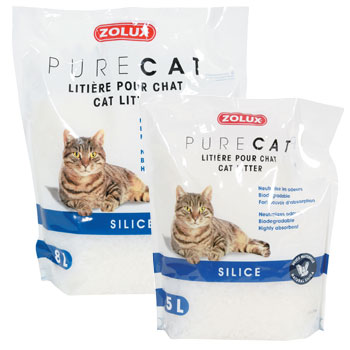
Purecat silica gel litter - unscented ref. 476 307 / 476 306
Some tips for positioning and upkeep of the litter tray
It is important to remember that cats have two different traits in particular: they need a quiet place to do their business and also have an extremely fine sense of smell which allows them to detect odours imperceptible to humans.
Cat owners should therefore follow two essential rules: ensure your cat has a quiet place to do his business in peace, but also make sure that the litter tray is not too close to his food bowl. If that is the case, your cat may turn his nose up at his food as its organoleptic properties could be altered by odours of urine and faeces when the litter tray is nearby.
What should I do if I see abnormal signs in the litter tray?
If you notice traces of blood in the litter, you should contact your vet as this could be due to various urinary tract disorders, and a diagnosis can only be made once your cat has been clinically examined. One of the most common causes is the presence of urinary calculi (struvite or calcium oxalate).
Furthermore, if no urine is observed in the litter tray for several days in a house-trained cat, this is also a warning sign: this condition is known as “blocked cat” when crystals present in the cat’s urinary tract prevent him from urinating normally (urine is blocked by crystals and cannot flow into the urethra). The cat thus experiences considerable pain when attempting to urinate and traces of blood can also be observed in the litter tray. This is a medical emergency. Besides urine, diarrhoea may be observed in the litter tray, and veterinary advice should be sought if this persists for more than 48 hours.
Article written by Dr Valérie Crousse, veterinary surgeon

